Belinda Kayton, Media Strategist at The MediaShop, discusses racism, sexism and other dangerous stereotyping in advertising. She says that there is a big difference between unacceptable bigotry and controversial advertising.
When I think of the best examples of controversial advertising, I immediately think of the Nando’s library of ads. These are controversial but also spectacular at opening up conversations that wouldn’t normally be frowned upon because this brand produces ads that say what many of us are thinking. Their latest ‘You People’ is a brilliant example. They are controversial, but not bigoted.
We are all aware of a recent H&M ad that caused physical destruction of some of their stores. There were two camps of opinions – one ranting that people were oversensitive and that it was blown out of proportion, and then there were those in the second camp that were extremely offended and wanted retribution. Who was right and who was wrong?

Offensive advertisements can be defined as any kind of communication that disrespects certain accepted norms of society, or offends someone. Marketers these days spend extra time to ensure not to offend anyone with their campaigns. It can be argued that this makes for some very boring advertising, but I firmly believe that ads can be both clever and exciting without being truly offensive.
Before we look at brands doing it right, there are some unbelievably blatant racist and sexist ads that beggars belief. I can’t believe that these ads were actually approved and flighted.
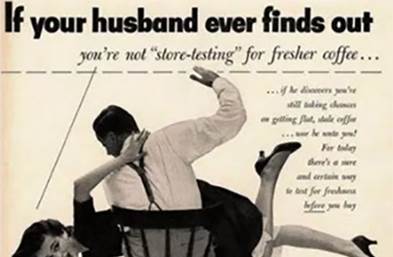
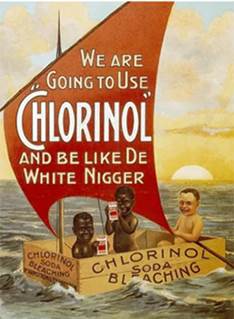

Are these ads controversial? Offensive? Both?
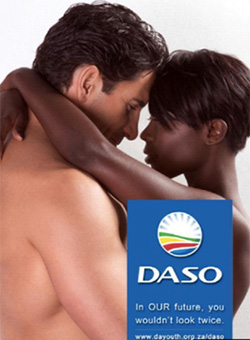
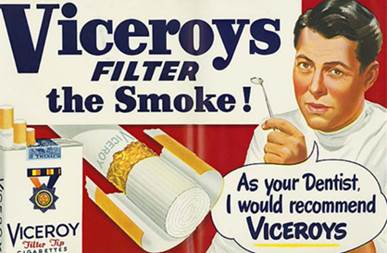
Many remember the outcry when the Joko/Hangar TV ad first aired. The ad was made and produced with pure intentions, but it created such controversy. Was the dignity of hard-working black South African women being compromised in this ad?

Even charities can get it horribly wrong. The charity Feed A Child created an ad that was enormously racially controversial. It shows a black child being petted and fed treats like a pet dog, by a rich white woman. The message was supposed be that the average dog eats better than millions of children – but boy, was that a terrible execution of the idea!
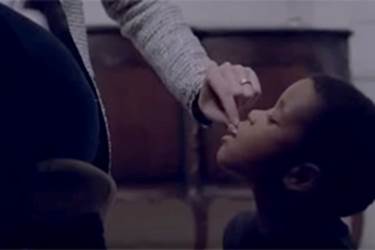
But some brands are getting it right by challenging stereotypes that have stood for generations. For instance, Johnny Walker is breaking gender stereotypes, and typically housewife-territory brands like OMO are shredding other stereotypes. Brands are also taking note of all religions and aren’t afraid to embrace this in their marketing.

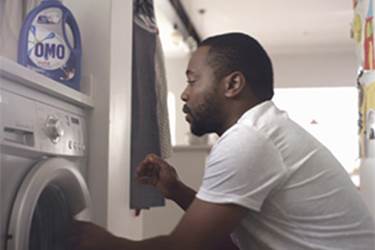
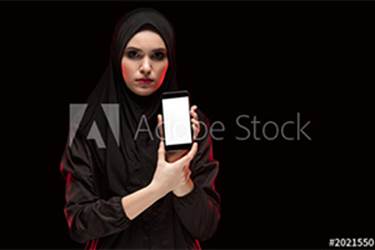
Even cities are placing ads that are confronting racism, while LÓreal is embracing all races and celebrating our differences.
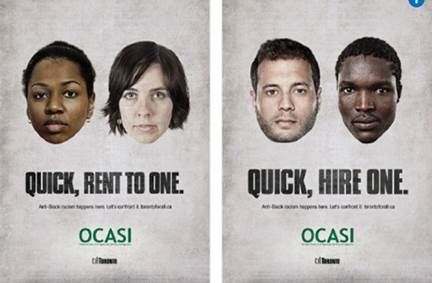
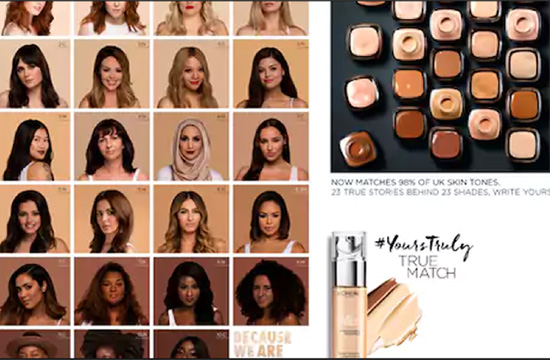
In conclusion, I’ve been horrified by what in the past has been seen as acceptable advertising, but I’ve also seen brands that are getting it right as well. There’s still work to be done, but embracing each other’s differences whilst seeing what brings us together is the key to advertising to all, in the future.










